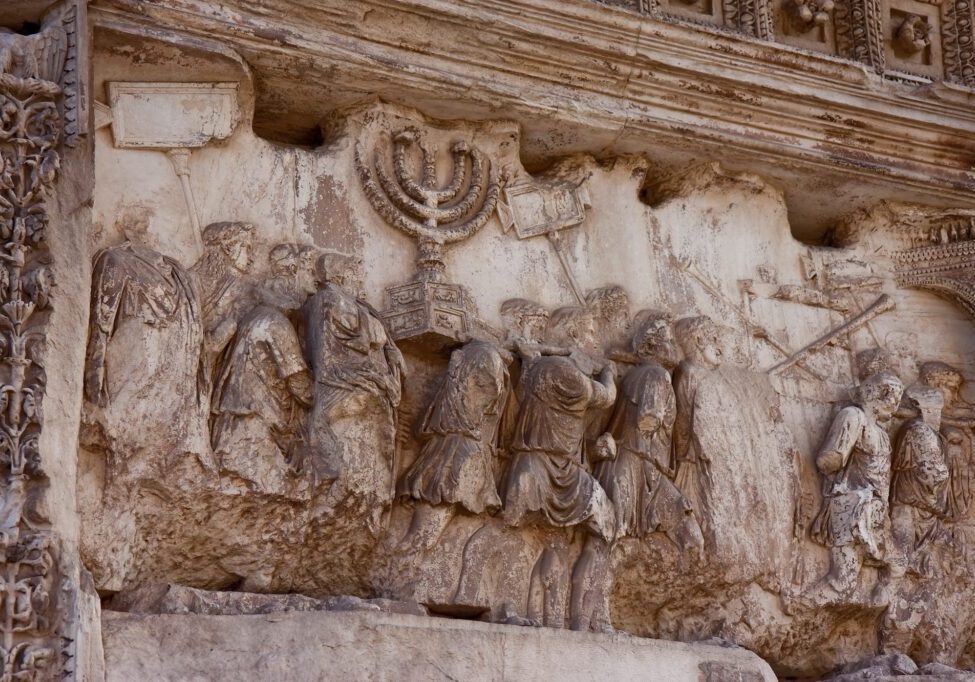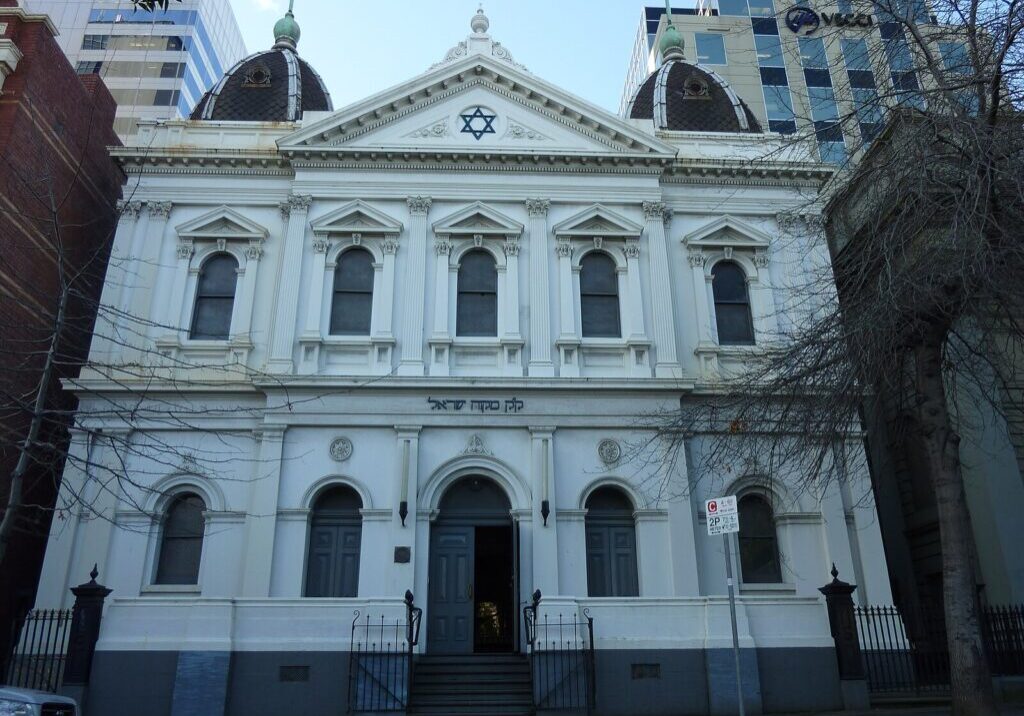Australia/Israel Review
Filling the Void
Oct 1, 2005 | Michael Herzog
Hamas seeks to profit from disengagement
By Michael Herzog
On September 12, the last departing Israeli forces closed the gates of Gaza behind them, followed by a salvo of Palestinian rockets aimed at southern Israel. In the unsettled aftermath of the Israeli disengagement from Gaza and parts of the northern West Bank, only one camp seems clearly to know where it is heading – the militant Palestinian Islamist groups, led by Hamas. These groups now profess their intention to continue their violent campaign in and from the West Bank. Their strategy, using armed and political capabilities, poses a serious challenge to both Palestinian and Israeli leaderships and may undermine prospects of improved Israeli-Palestinian relations.
Preparing the Ground for the Next Confrontation
By claiming that Israeli disengagement was a victory for “armed struggle” in Gaza — an interpretation opinion polls show most Palestinians accept — the militants are out to enlist the Palestinian public in their violent course. They are also warning the Palestinian Authority (PA), in the words of Muhammad Dief, head of Hamas’s military wing, “not to touch the weapons of those who liberated Gaza.” On August 18, Hamas leader Mahmoud al-Zahhar said, “The resistance must move to the West Bank.” Similarly, Jamal Abu Samhadaneh, commander of a cluster of terrorist groups in Gaza known as the Popular Resistance Committees, declared, “We will transfer all our fighting methods and capabilities to the West Bank.”
Will the PA under the leadership of Mahmoud Abbas be able to check this violent momentum with its own momentum of reform, good governance, and diplomacy? The initial signs are not positive. Despite its considerable efforts to assume effective control over the evacuated parts of Gaza and to stabilise the security situation, the PA acts powerless in the face of rampant chaos and lawlessness. When Israel left Gaza, Palestinian security forces failed to contain the masses storming the evacuated settlements or prevent the burning of empty synagogues left behind. Perhaps the clearest sign of Gaza’s descent into anarchy was the September 7 slaying of Moussa Arafat, a longtime Gaza security chief under Yasser Arafat who had become a security adviser to Abbas. Dozens of gunmen attacked his home in the middle of Gaza City, just blocks from Palestinian security offices and official residences, dragged him into the street, and shot him dead. The brazen attack on Moussa Arafat, who symbolised both the PA security establishment and PA corruption, poses a severe leadership test for Abbas.
The relative calm accompanying Israeli disengagement (interrupted as it was by occasional attacks, such as the August 28 suicide bombing in the Israeli town of Beersheba) did not arise from PA enforcement, but rather from Hamas’ self-restraint. Hamas agreed to a ceasefire in March to afford itself and the Palestinian public a respite after having been severely weakened by Israel during the intifada. Its desire not to bear the blame for any interruption of the Israeli pullout gave Hamas added incentive to more strictly abide by the ceasefire in recent weeks. Hamas is also sensitive to the preference of most Palestinians, expressed in opinion polls, for a relative calm. Hamas now strives to fill the void created by the Israeli pullout and PA weakness, using its image as both a fierce freedom fighter and an uncorrupt social benefactor, and to gather political and military strength for future struggles for domestic political power and against Israel. Its immediate focus is on the upcoming Palestinian parliamentary elections, scheduled for January 25, 2006. This would account for its announced willingness to abide by the unofficial ceasefire until the beginning of 2006. It may therefore temper itself in the immediate post-disengagement era, especially with respect to launching terror attacks from Gaza.
In the meantime, the militant groups are strenuously developing their armed capabilities. There are ongoing efforts to extend the range and improve the performance of rockets, as well as extensive attempts to smuggle arms and introduce rockets into the West Bank. Militant groups believe that rocket attacks played an important role in Gaza and could play an even greater role from the West Bank, bypassing the Israeli security barrier and offsetting Israel’s military advantages, since the biggest Israeli population centers and most vital infrastructure are highly vulnerable to high trajectory fire from the West Bank. In Gaza, Hamas is engaged in building its “popular army” (murabitoun), a militia of several thousand designed to serve mainly domestic purposes. All this is done without any PA hindrance. On the contrary, the PA has recently reiterated its commitment not to disarm Hamas and Islamic Jihad. Abbas continuously projects the feelings of political and security vulnerability and a preference for co-optation over enforcement. This is proving a costly choice that increasingly challenges his very authority. A Hamas success in the upcoming elections is bound to make it harder for Abbas to disarm them.
While it may restrain itself in Gaza, Hamas is likely to launch a violent offensive in and from the West Bank. Terror attacks by other militant groups, the ongoing instigation of external forces such as Hezbollah, and the domestic power struggle with the PA all may push Hamas to break the ceasefire sooner rather than later. It also seems that Hamas is gambling that growing public disappointment with the PA and the lack of further Israeli gestures (Israel, facing elections of its own, will demand actions against terrorism from the PA as a prerequisite to substantial political or security movement on its part) will rally public support behind its violent course.
A new terror offensive from the West Bank is likely to meet a vigorous Israeli reaction, especially against the backdrop of heated Israeli domestic debate about the costs and benefits of disengagement and an election campaign due in 2006. Israel is better positioned to cope with a terror threat emanating from the West Bank; in recent years it dismantled most terror infrastructure there and now has the ability to enter and exit West Bank cities at relative ease according to security needs. Lacking an effective PA response to terror – Palestinian security forces are weaker in the West Bank than in Gaza – the dynamics of a confrontation between Israel and the terrorists could well lead to a spillover back to Gaza. Israel is likely to prevail in a confrontation in the West Bank, leading terrorists to fall back on established capabilities inside PA-governed Gaza.
Averting a New Violent Confrontation
In general, efforts should be geared toward building up internal Palestinian constraints on Hamas. First and foremost, long-overdue reform in the Palestinian security services has become all the more urgent. The international community, with US leadership, would do well to push Abbas to implement this essential reform and move toward enforcing his authority and stamping out lawlessness. The expected substantial international investments in the PA could be used as leverage on Abbas to pursue reform and enforcement, since a lack of security would undermine economic development. Palestinian security reform should generate a buildup of security services in the West Bank as well as Gaza so as to enable the PA gradually to assume security responsibility there. Egypt, which just assumed a new security role along its border with Gaza, should contribute significantly to both Palestinian security reform and the containment of Hamas.
Second, the huge international economic aid pledged to the PA should quickly be delivered and put to use on the ground so as to help create a public mood less receptive to violence and to better endear Abbas to the people. While funneling the funds to the PA, the international community should establish proper oversight and direct investment priorities, such as the implementation of the security reform and the establishment of an effective and uncorrupt governmental social-welfare network that could marginalise Hamas’s charity networks. Economic development, like security reform, should be felt in the West Bank, not just in Gaza.
Finally, it is important to bridge over the politically loaded period between disengagement and Palestinian and Israeli elections through continued efforts to resolve open bilateral issues such as the movement of people and goods, whether between Gaza and the West Bank or between Gaza and the outside word.
Ultimately, Abbas’s actions — or inaction — will prove decisive. Has he the stature to stand up and take the wind out of Hamas’s sails?
Brig. Gen. Michael Herzog (Israel Defence Force) is a visiting military fellow at The Washington Institute. Formerly the senior military aide to the Minister of Defence, he was also an Israeli peace negotiator. © Washington Institute for Near East Policy, reprinted by permission, all rights reserved.Tags: Israel






